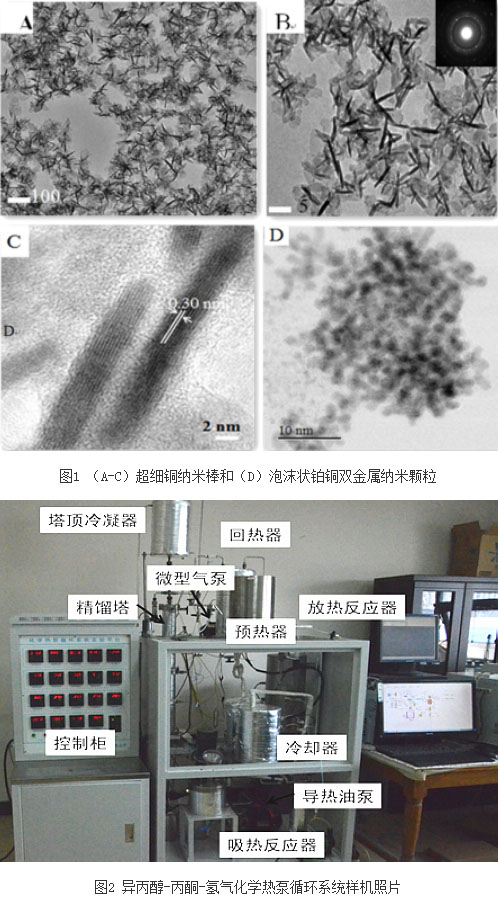
With the rapid development of China's economy, environmental shortages caused by energy shortages and energy use are increasingly highlighted. In the industrial production process, a large amount of low-temperature waste heat cannot be wasted. Therefore, strengthening the recycling of low-temperature waste heat is an important approach and an effective means to improve energy efficiency and energy conservation.
Chemical heat pumps use reversible chemical reactions to recover and store heat energy of low-grade heat sources in the form of chemical energy, and then release them at higher temperatures for heating, cooling, drying, and power generation, thereby realizing the upgrading and utilization of energy. . The chemical heat pump has the advantages of wide temperature adaptation range, high temperature-raising capability and energy storage function, and is particularly suitable for the deep use of intermittent and unstable low-temperature waste heat resources, and has broad application prospects.
Researchers at the Research Center for Heat and Mass Transfer at the Institute of Engineering Thermophysics, Chinese Academy of Sciences, conducted a systematic study of the basic scientific issues and key technologies related to the improvement of low temperature waste heat of chemical heat pumps and energy storage for the deep utilization of intermittent and fluctuating low temperature waste heat resources: Independently developed a new type of high-efficiency nano platinum copper catalyst for chemical heat pump thermochemical reaction system (Figure 1), which greatly increased the rate of absorption/exothermic reaction of the reactant system and the selectivity of the main reaction, effectively inhibiting the side reactions. Produced, solved the bottleneck problem of the long-term restriction of the development and application of chemical heat pump by the byproduct; Innovation combines the fractal theory with LBM, the simulation reveals the thermal mass transfer mechanism and energy conversion process of the heterogeneous multi-component in the pore system of the catalyst. The coupling and synergistic effects between the characteristics and the reaction conversion rate establish the selective control mechanism of the thermochemical reaction; the first time a new standard for the thermodynamic evaluation of the chemical heat pump system, the thermal efficiency, has been developed, and a multi-parameter optimization design based on the genetic algorithm has been developed. Method to optimize the design of various components of a complex chemical heat pump system A complete theoretical system for the design, operation and control of the chemical heat pump system was established. For the low-temperature heat source at 80-130°C, the first domestic company to use isopropyl alcohol-acetone-hydrogen as the reactant system was independently developed. Chemical heat pump system prototype (Figure 2), the temperature increase range of 70-110 °C, the maximum exothermic temperature of 200 °C, the system thermal efficiency of 25%, the indicators are better than similar foreign standards.
The above work has been supported by the National Key Basic Research Program and the National Natural Science Foundation of China. More than 20 papers have been published in international academic journals such as Energy, Applied Energy, Ultrasonics Sonochemistry, Applied Thermal Engineering, Industrial & Engineering Chemistry Research and Materials Letters.
ODM/OEM High-Quality IP Camera
Ip Enabled Cctv Camera,Ip Camera Best,Ip Camera Canada,Ip Camera Cctv System
Shenzhen Wardmay Technology Co., Limited , https://www.wardmaycctv.com